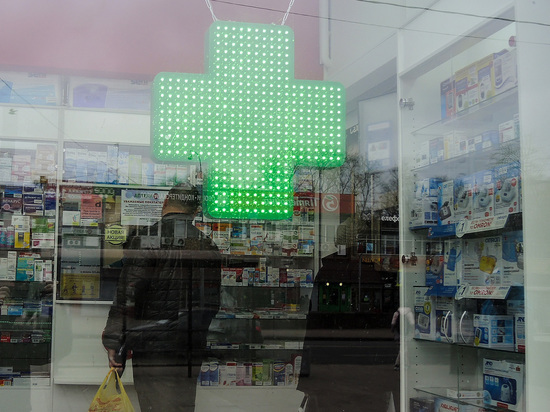Russian high-risk cores decided to be left without drugs
[ad_1]

A matter of life and death – 1.8 billion rubles
Cardiovascular disease continues to be the leading cause of death among all natural causes, but the world has long understood that most deaths are preventable. The main ways to avoid them are a healthy lifestyle and regular intake of a number of drugs, primarily those that regulate blood pressure and cholesterol levels. However, a whole group of drugs for hyperlipedemia (high cholesterol) for patients at the highest risk, after a heart attack and stroke, was not included in the new list of preferential medicines in 2023. Doctors say that a huge army of patients is under attack in every sense of the word.
This is an order that annually approves a list of drugs to provide outpatients who have suffered acute cerebrovascular accident, myocardial infarction, and who underwent coronary artery bypass grafting, angioplasty of the coronary arteries with stenting and catheter ablation for cardiovascular diseases.
Today there are 23 drugs on the list, next year it was planned to expand it to 33, however, a whole group of drugs from the group of so-called. PCSK9 inhibitors were not included in the draft new list. At the same time, the drugs included in this group are life-saving for people with atherosclerotic cardiovascular disease (including myocardial infarction, acute cerebrovascular accident), since they significantly reduce the likelihood of repeated vascular accidents and deaths by lowering low-density lipoprotein cholesterol.
In countries where they are massively used to treat cardiovascular diseases and prevent heart attacks and strokes, a significant decrease in cardiovascular mortality is recorded. Thus, in patients with prior acute coronary syndrome (ACS), the use of PCSK9 inhibitors reduces the risk of major cardiovascular events, including death from coronary heart disease, non-fatal myocardial infarction, fatal and non-fatal ischemic stroke, or unstable angina requiring hospitalization by 15%. At the same time, doctors note that the highest risk of deaths is in patients after ACS, often of working age, with severe hypercholesterolemia (more than 5 mmol/l). One in five of them, according to international studies, can die within 2.8 years if the right therapy is not started. And for them, treatment with the mentioned drugs is the only therapeutic option that can reduce the risk of recurrent cardiovascular accidents and death.
“The frequency of heart attacks and strokes in the country has been declining for more than 10 years, but still remains high,” said MK, Doctor of Medical Sciences, Professor, Chief Researcher at the Department of Atherosclerosis Problems, Head of the Laboratory of Lipid Metabolism Disorders, Cardiologist, President National Society for the Study of Atherosclerosis Marat Yezhov. – Even after receiving high-tech medical care, for two years, patients remain at high risk for cardiovascular disease and need therapy to lower and control cholesterol. Statins are available to them, but not all of them help to lower cholesterol to the desired level. The maximum tolerated dose is not always effective. And this is a direct indication for combination therapy and a completely justified niche for the use of PCSK9 inhibitors, the most important class of drugs that came to cardiology from rheumatology and oncology. What does this mean, in simple terms? This is a targeted therapy for the capture by hepatocytes (liver cells) of “bad” cholesterol from the bloodstream in humans. Thus, there is a mandatory and pronounced decrease in the level of “bad” cholesterol or low-density lipoprotein cholesterol. This is the most modern and safe intensive therapy against hyperlipidemia and atherosclerosis that exists today, which has already been shown by eight years of experience in its use in cardiology. Unfortunately, at the moment they are not part of the federal drug program for high-risk CVD patients, but this is still subject to change.”
“We are talking about a huge group of patients who need preferential drug coverage. The All-Russian Union of Patients is preparing practical proposals for the authorities, including the allocation of additional funding for drugs for patients with CVD. It is necessary to introduce preferential provision of medicines for patients suffering from coronary heart disease in combination with comorbid conditions, as well as patients with hypercholesterolemia,” says Yury Zhulyov, co-chairman of the All-Russian Union of Patients.
“Despite the qualitative changes, the problem of the availability of medicines and diagnostics continues to be in the “top problems” for patients. We hoped that the situation would improve this year, but so far the improvements have been mainly for patients with benefits, ”says Yan Vlasov, co-chairman of the All-Russian Union of Patients. According to Vlasov, the need for additional funding for drug provision of high-risk patients is 1.8 billion rubles. And this money will seriously reduce mortality from diseases of the circulatory system and increase overall life expectancy.
[ad_2]
Source link








